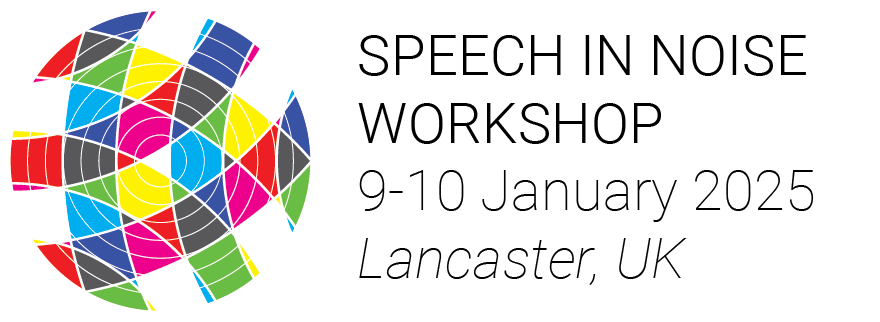P63Session 1 (Thursday 9 January 2025, 15:25-17:30)Bottom-up and top-down short-term audio-tactile training: Can training improve speech intelligibility and cortical speech-envelope tracking?
Neural speech-envelope tracking in the auditory cortex — wherein neural activations synchronise with fluctuations in the speech envelope — is enhanced with audio-visual and audio-tactile speech compared to audio-only speech. Whilst visual cues can also improve speech intelligibility, evidence has shown no benefit behaviourally with tactile cues. Understanding the potential benefits of tactile stimulation is crucial for developing new methods of aiding speech-in-noise perception in the absence of relevant visual cues. Audio-tactile training may improve intelligibility when tactile information is available, though the extent to which different training paradigms may be effective is unclear. Two audio-tactile training experiments were run, investigating both bottom-up and top-down driven training paradigms. In the first, 64 young participants (ages: 18-29; 21 males, 42 females, one non-binary) were tested over five EEG sessions. They received bottom-up tactile training through a speech-in-noise discrimination task with tactile stimulation that was either congruent with sentences heard (trained group) or incongruent (pseudo-trained group). At baseline, there was a significant increase in speech-envelope tracking accuracy with audio-tactile stimuli relative to audio-only, but no increase in speech intelligibility. After training, there was no benefit to congruent training for audio-tactile tracking or intelligibility. This suggests that speech intelligibility and tracking are not enhanced by bottom-up short-term audio-tactile training.
In a second experiment, we hypothesised that top-down audio-tactile training may provide the missing benefit to speech intelligibility and further enhancements to tracking accuracy with audio-tactile speech. Here, we present a preliminary pilot analysis of 30 young participants (ages: 19-30) who participated in a single-session electroencephalography experiment. Participants received either top-down audio-tactile training (discriminating between congruent and incongruent audio-tactile speech-in-noise) or bottom-up audio-only training (passively listening to audio-only speech-in-noise), with feedback after trials. After training, there was no significant increase in tactile benefit to speech intelligibility or tracking accuracy in either training group. So far, these preliminary findings suggest that a single-session top-down training paradigm is not sufficient for enhancing audio-tactile integration. Together, these experiments provide a lack of evidence for the benefit of short-term audio-tactile training to the perception of speech-in-noise, with discussion for how audio-tactile training may be improved in future research.

